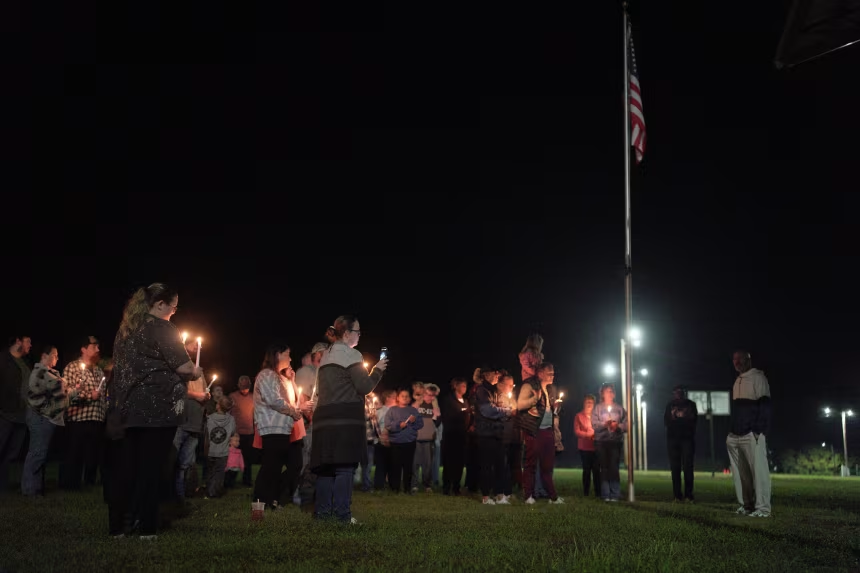A massive explosion ripped through the Accurate Energetic Systems explosives facility in rural Tennessee on the morning of October 10, obliterating a building and reducing sections of the site to twisted metal and ash. The blast was so powerful it rattled homes several miles away, and because of continued hazards, investigators have shifted from rescue to recovery operations.
Initial reports indicated that as many as 19 individuals were missing and presumed dead. As recovery efforts progressed, officials confirmed that at least 16 people lost their lives in the disaster. No survivors were found at the blast zone. The plant is a major supplier of explosives for military, aerospace, and demolition use, making the incident not just a local tragedy but a matter of national concern.
Authorities, including the FBI, ATF, and federal and state emergency teams, are working to piece together what triggered the explosion. Investigators are proceeding with extreme caution. Because of the presence of unexploded material and lingering risks, teams are clearing the site “foot by foot,” sometimes using controlled detonations to safely remove hazardous debris.
The blast raises critical questions about regulation and oversight in facilities that handle volatile materials. While Accurate Energetic Systems was known for supplying defense contracts, there have been no recent records of major safety violations at the plant. Still, such an event underscores the need for strict preventive protocols, continuous risk assessments, and transparent inspections.
Local communities are now in shock and mourning. Churches and towns near the site have organized vigils, and flags have been lowered in memory of the victims. Schools and local services have offered counseling to children and families affected by the tragedy.
As the investigation continues, the nation watches for answers. How could such a catastrophic failure occur, and what steps will officials take to prevent a repeat? The answers will not only provide closure to grieving families but also shape future safety standards for explosive and defense manufacturing across the country.


